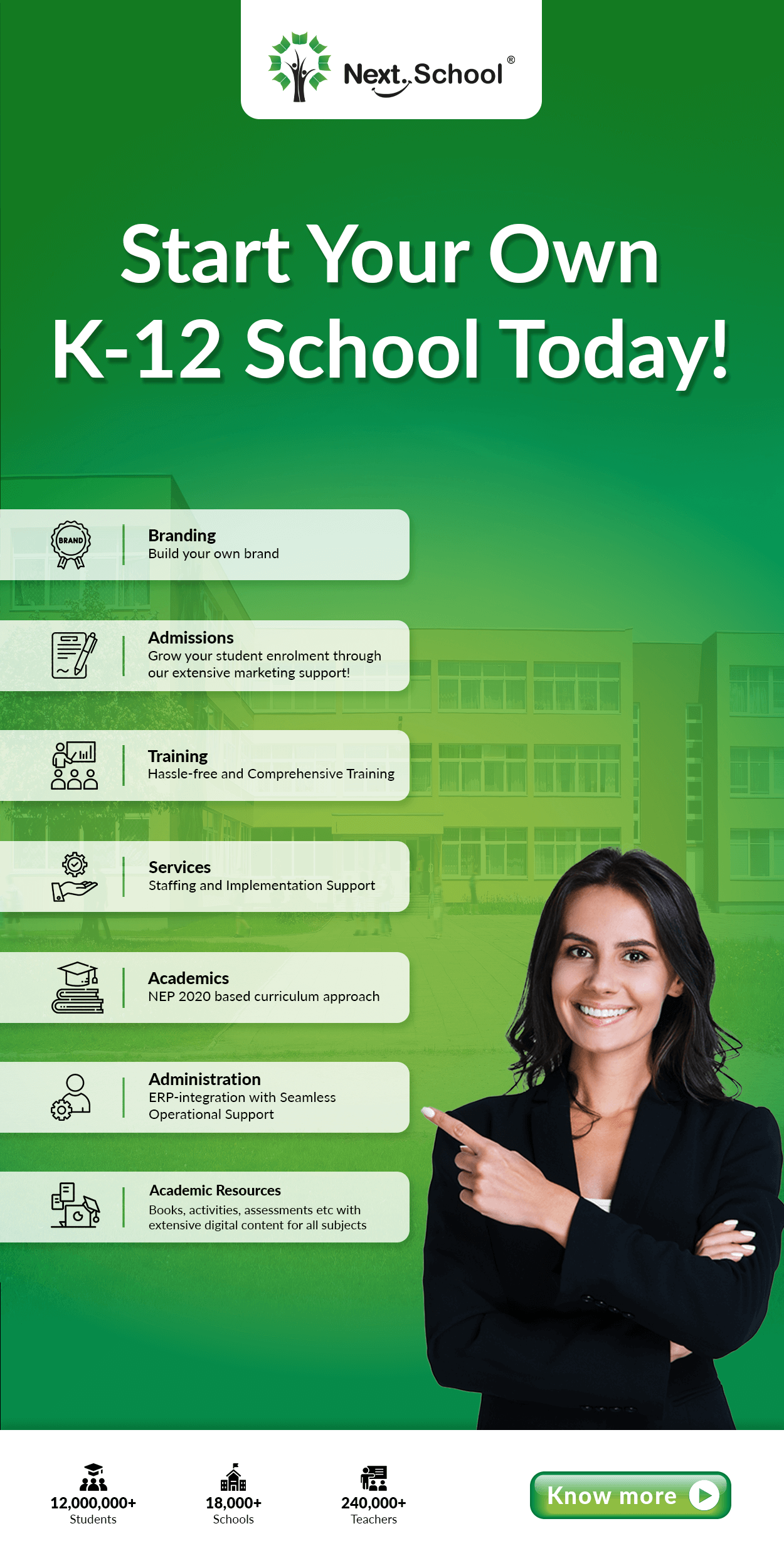Creating a Culturally Responsive Classroom

Education is the greatest human equalizer, and it expects equality in terms of the ability to leave behind their cultural identity when they enter the classroom. Such traditional educational demands are unfair on the disposition of any learner, for their identity and experience plays a huge role in shaping their learning requirements and preferences.
Advancements in the field of education technology have made it possible for teachers to improve communication and, therefore, create a more culturally responsive learning environment in the classroom. Using translation tools to communicate with families who don’t speak English, or providing accessible information through multiple means, like interactive images are some of the ways in which this can be done.
Culturally responsive teaching focuses on students’ cultural knowledge and frames of reference. When a lesson is relevant, the student becomes a learner grounded in the real world, their interests are sparked and their achievement gaps are mitigated. So, in order to truly meet the personalised needs of the learners, academic innovators have to understand who they are.
Watch the following video to understand the perspective of Alicia Discepola, a digital literacy and learning specialist for Millville Public Schools in New Jersey.
Image source: Google Images

